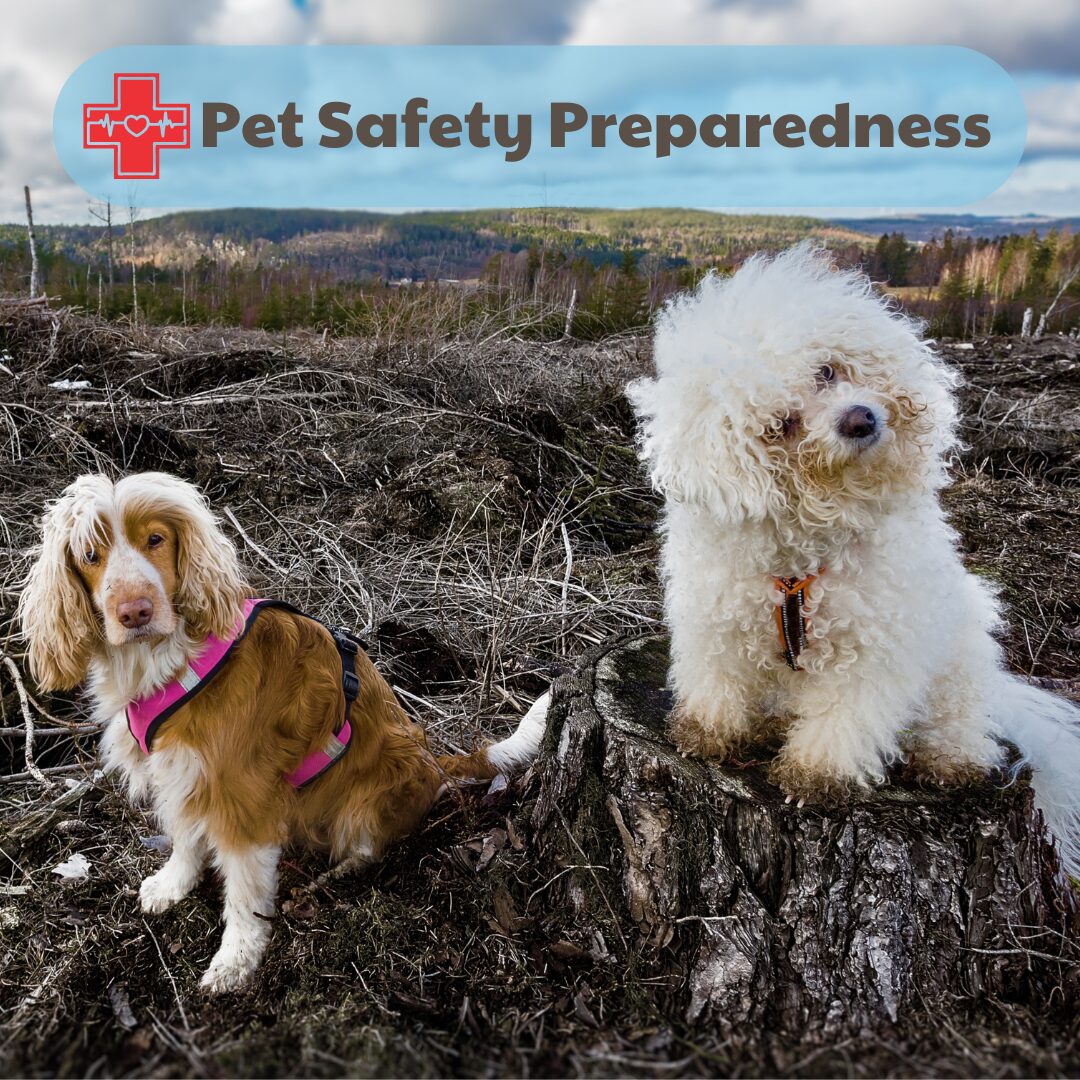
Pet Safety During Natural Disasters: How to Prepare and What to Do in an Emergency
Share
Natural disasters can strike without warning, leaving little time to react. As pet owners, it's our responsibility to ensure the safety and well-being of our furry companions during such emergencies. From hurricanes and floods to wildfires and earthquakes, being prepared can make all the difference for our beloved pets. In this comprehensive guide, we'll explore essential tips for pet safety during natural disasters, including how to prepare in advance and what to do when disaster strikes.
Understanding the Risks
- Research common natural disasters in your area and understand the associated risks for pets.
- Identify evacuation routes and shelters that accept pets in case of emergencies.
Developing a Pet Emergency Plan
- Create a detailed evacuation plan that includes arrangements for your pets.
- Assign roles and responsibilities to family members to ensure everyone knows what to do during an emergency.
- Prepare an emergency kit for each pet containing food, water, medications, leashes, and comfort items.
Building Your Pet First Aid Kit
- Include essentials like gauze, adhesive tape, antiseptic wipes, tweezers, and scissors for wound care.
- Pack a digital thermometer, lubricant (petroleum jelly), and a pet-friendly disinfectant for sanitizing wounds.
- Always have VetCBD Hemp on hand in cases when you are unable to get professional help quickly. VetCBD Hemp can help alleviate discomfort and stress during an emergency, providing temporary relief for your pet until professional care is available.
- Don't forget to add your pet's medical records, emergency contact numbers, and a pet first aid manual for reference.
Ensuring Proper Identification
- Ensure your pets are microchipped and wearing collars with up-to-date identification tags.
- Keep recent photos and descriptions of your pets in case they become separated from you during an evacuation.
Safeguarding Your Home
- Pet-proof your home by securing windows, doors, and outdoor structures to prevent escape or injury during a disaster.
- Keep a list of emergency contacts, including your veterinarian and local animal control, readily available.
Evacuation Procedures
- If evacuation is necessary, bring your pets with you whenever possible.
- Use carriers or crates to transport small pets and ensure they are securely restrained in vehicles.
- Bring your pet's emergency kit, including food, water, medications, and comfort items.
Finding Pet-Friendly Accommodations
- Research pet-friendly hotels, shelters, or boarding facilities along your evacuation route.
- Contact local animal shelters or veterinary clinics for assistance in finding temporary housing for your pets if needed.
During and After the Disaster
- Keep your pets indoors during the disaster to prevent injury or loss.
- After the disaster has passed, inspect your home for potential hazards before allowing your pets to roam freely.
- Monitor your pets for signs of stress or injury and seek veterinary care if necessary.


